
Updated guidelines will hopefully spur more clinicians to test for and treat influenza in people with symptoms whether they’re high risk or not.

Updated guidelines will hopefully spur more clinicians to test for and treat influenza in people with symptoms whether they’re high risk or not.
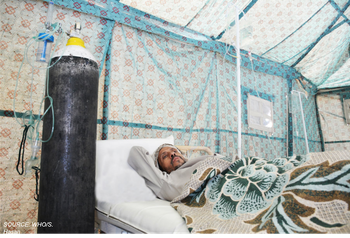
Yemen is currently experiencing the largest recorded cholera outbreak in history, and investigators have determined that migration from Eastern Africa brought the outbreak strain into the nation.

Understanding the spiral of usage and resistance might help us stop prescribing practices that fuel AMR.

Patients with the hepatitis C virus who are on Medicaid in Oregon can expect to receive curative treatment in 2019, without having to wait for liver damage to set in.

After 6 NIH hospital patients developed infections from waterborne bacteria, investigators found contamination in facility pipes and faucets.

The FDA approved the vaccine in 2016 for adults between the ages of 18 and 64 who are traveling to areas of active cholera transmission.

The FDA has cautioned Genetech, Inc. for processing umbilical cord blood into unapproved human stem cell products that may have contributed to the sickening of 12 people.

Single-tablet regimens may provide better virologic response and control than multiple-tablet regimens for people living with HIV, likely due to a lower pill burden and, subsequently, better medication adherence, according to the results of a new study.

After consulting with experts in the infectious disease space, the Contagion® editorial staff has compiled a list of the top 5 infectious disease concerns to watch in 2019.
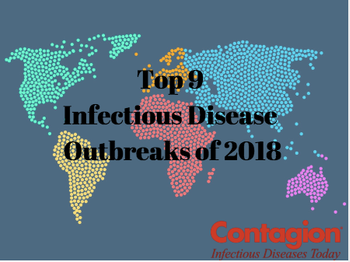
We've compiled a list of the top 9 infectious disease outbreaks of 2019.

We’ve rounded up a list of important US Food and Drug Administration (FDA) and US Department of Agriculture (USDA) recalls from this past week.

The Contagion® editorial staff and members of the editorial board recap the top 8 FDA approvals of 2018.

Stay up-to-date on the latest infectious disease news by checking out our top 5 articles of the week.

With early season flu vaccination rates up from 2017-2018 early season rates, new pediatric influenza deaths around the country are prompting health officials to call for even higher vaccination rates.

The vaccine is approved as a 3-dose series, which consists of a 0.5 mL intramuscular injection, administered at 2, 4, and 6 months of age.

An unlikely, but important infectious disease threat to consider in 2019.

Clinicians who ask the right questions of patients can help identify those at risk of contracting HIV and who might benefit from PrEP.
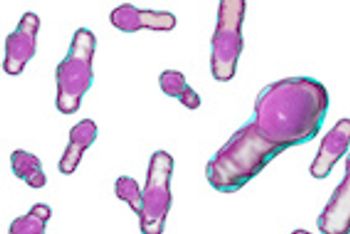
Clostridium difficile (C diff) infection rates remained relatively stable in 2015 and 2011 even though the rate of health care-associated infections was lower, respectively, according to recent findings.

We look at how we fared on our New Year’s resolutions from 2018 and also set some new ones for 2019.

In a new study, researchers with the US Department of Veterans Affairs found that metronidazole is as effective as vancomycin for treating mild cases of Clostridium difficile infection, despite new guidelines no longer recommending metronidazole.
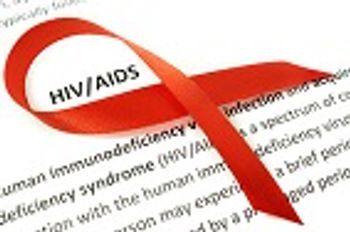
Contagion® counts down the top HIV news stories of 2018, including FDA approvals, breakthrough studies, recommendations from the frontlines, and a big-picture look at just how close we are to a cure.

Successful treatment of recently acquired hepatitis C virus infection in 8 weeks, with a regimen currently approved for 12 weeks, could enable shorter, less costly treatment.

A smartphone app could be the critical link between at-home HIV testing and rapid access to care for people whose tests come back positive.

We’ve rounded up a list of important US Food and Drug Administration (FDA) and US Department of Agriculture (USDA) recalls from this past week.

Stay up-to-date on the latest infectious disease news by checking out our top 5 articles of the week.

New findings on the ways Ebola proteins connect with human proteins may lead to a novel treatment for Ebola virus infections.

Antibiotic cycling is not linked to a reduced incidence of health care-associated MRSA or Clostridium difficile infection, a new study shows.

A new study reports that antibiotic resistance appears to be linked with widespread occasional use than by repeated use among a small number of individuals in a population.

Government health programs could use such deals to reduce costs and improve access to effective medicines.
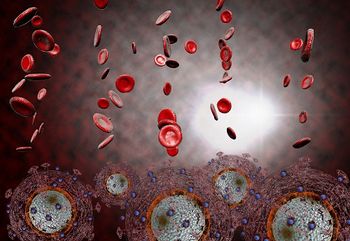
HIV stubbornly retains a foothold in major US cities, particularly those in the South. A lack of synergistic efforts among public health agencies can compound the problem, as can embedded attitudes and stigma.